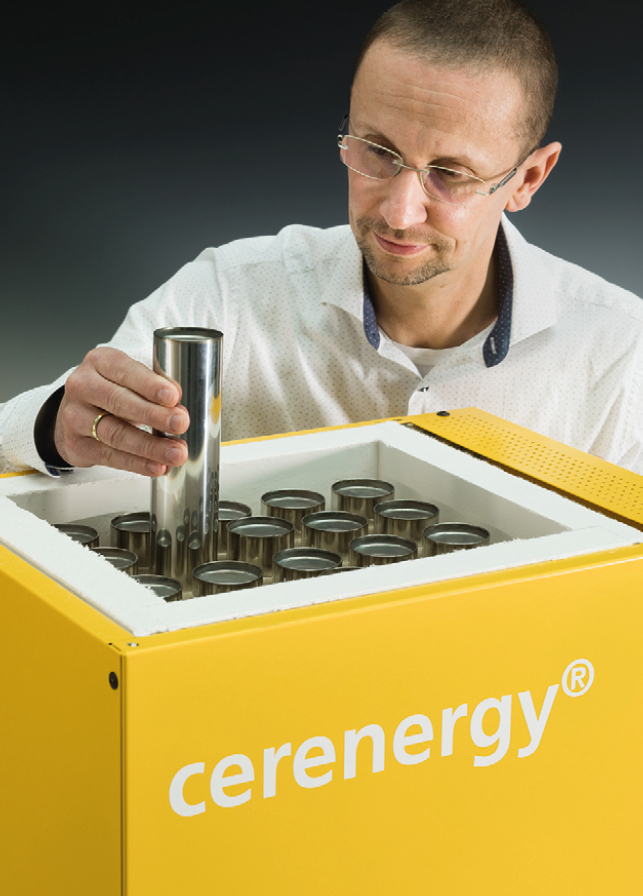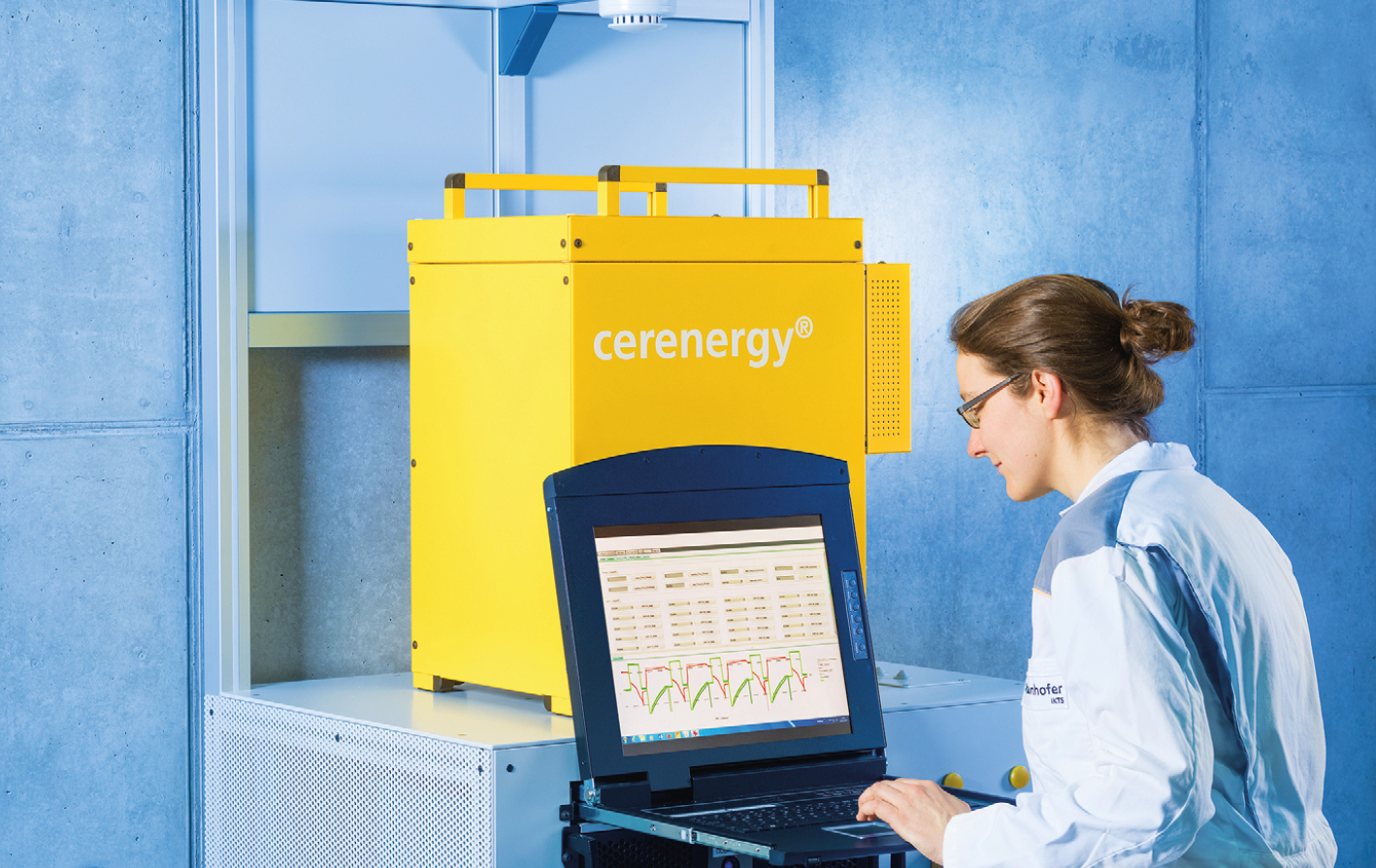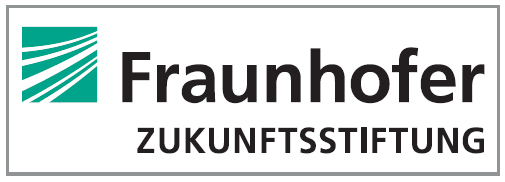Stationary energy storage is one of the most promising growth markets in Germany, Europe, and globally. In connection with this trend, solutions beyond lithium-ion and lead-acid technologies are especially interesting, because they provide high security at low acquisition and operating costs. Sodium technology is set to make a comeback in a new form, ready to face the energy storage tasks of the future.
ZEBRA battery – an established technology, re-invented
The triumphant progress of the battery then called “ZEBRA – Zero Emission Battery Research Activities” began as early as in the 1980s. This type of battery is operated at around 300 °C and essentially uses the materials sodium chloride (NaCl) and nickel (Ni). However, towards the end of the 1990s research pivoted to the emerging lithium-ion batteries and the advance of the ZEBRA battery was stopped in its tracks. Nevertheless, these batteries never completely disappeared from production. The three largest batteries in the MWh range currently operated worldwide are high-temperature batteries – so-called sodium-sulfur batteries. They are based on the same technology and the same solid-state electrolyte: sodium beta aluminate. Because of the intrinsic safety of the NaNiCl2 battery type and the fact that raw materials are locally available and non-strategic, development at IKTS over the past five years has focused on re-engineering this battery – with particular focus on manufacturing, layout, and size.
Technological challenges mastered
A cost-effective extrusion process was established for the production of the core element of the high-temperature battery, the solid electrolyte. In combination with a new cell layout, this has made upscaling possible. Numerous offset recipes and ceramic-metal bonding variants had to be tested and optimized during development. The seal turned out to be another technological challenge; it needs to show long-term stability under a sodium vapor atmosphere. As a result of the development work, 100 Ah cells could now be realized for the first time, instead of the 38 Ah cells typically available on the market. The world‘s largest NaNiCl2 cell in terms of capacity has already been successfully tested in stationary battery modules.
Fraunhofer IKTS – a partner in battery development
The range of services at IKTS includes the development and manufacture of ceramic electrolyte prototypes, the electrochemical measurement of high temperature cells, post-mortem analyses, and cell and module development, including energy system simulation for customer-specific applications.


